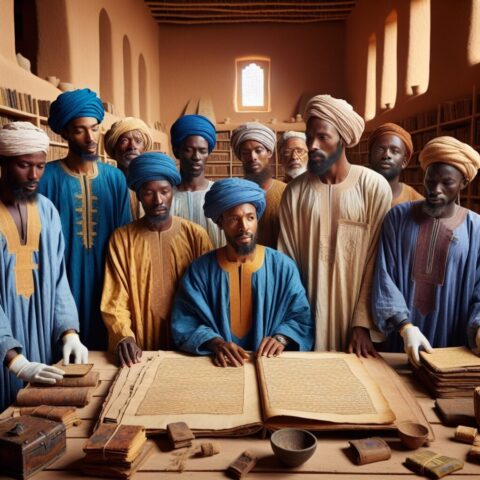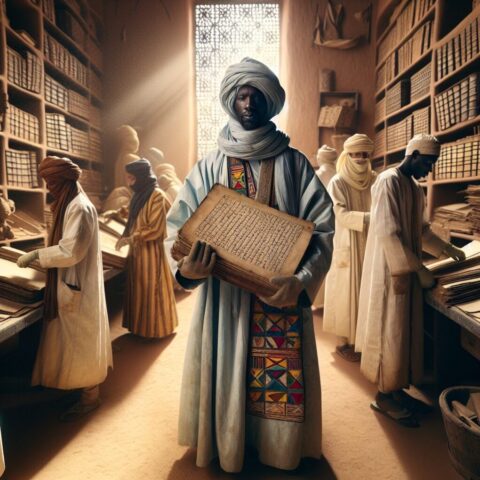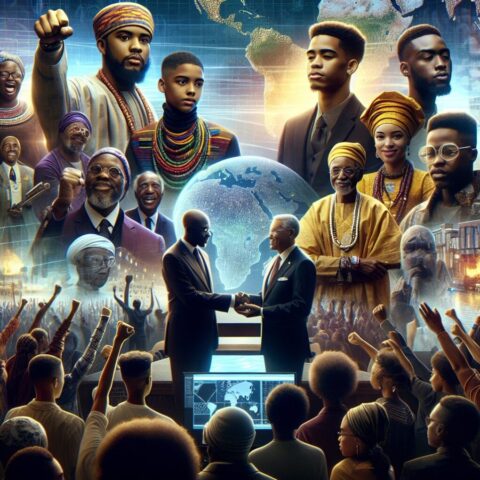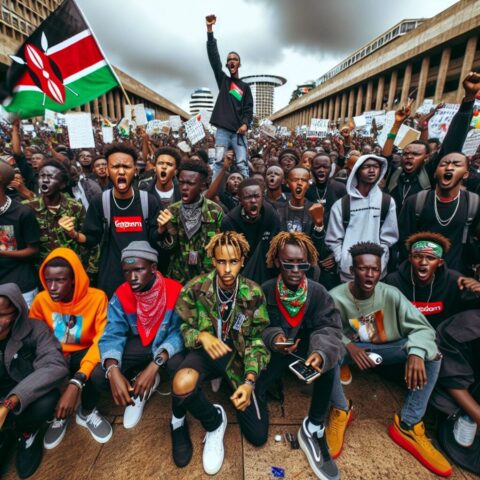A TOAST TO THE LEGENDARY HIT FACTORY!
By Mark Anthony Neal
Thursday, April 23, 2009.
In the months leading up to the presidential election, much was made about the size of the crowds and the energy level at Obama rallies. For clues, some looked to the Obama playlist—the songs that served as the soundtrack for those frenzied events. True to his overall political strategy, Obama’s playlist cut across various popular genres—country music stalwarts Brooks and Dunn were as likely to be heard as much as the McFadden and Whitehead disco-era classic “Ain’t No Stoppin’ Us Now.”
But the common denominator at so many of those rallies was the sound of Motown, the once fledgling and once black-owned record label founded in Detroit 50 years ago today. The campaign’s embrace of the Motown Sound was likely not happenstance nor simply inspired by the president-elect’s fondness for soul music from the 1960s. More probably, it is the result of the campaign’s legendary attention to minute details and the understanding that the Motown catalogue was uniquely suited to bring together a nation of disparate opinions, concerns and beliefs.
As Suzanne Smith writes in Dancing in the Street: Motown and the Cultural Politics of Detroit, “Motown’s music symbolized the possibility of amicable racial integration through popular culture. But as a company Motown represented the possibilities of black economic independence.”
When Berry Gordy, erstwhile boxer and assembly-line worker, founded Motown (then called Tamla) in 1959, the pop-music industry was little more than a hustle. But like so many post-war industries, the record business was a hustle that was intimately tied to the American Dream, and men like Gordy, Leonard and Phil Chess, Jerry Wexler and Ahmet Ertegŭn, hitched their ambitions to the sounds emanating from black America.
Where Gordy distinguished himself from the legendary founders of Chess Records and Atlantic Records, there was a belief that he was not simply trying to sell black music to the crossover masses, but making black artists—and by extension black people—palatable to white audiences. As Gordy recently recalled, he often told radio-station executives, “Wait a minute—it’s not really black music. It’s music by black stars.” That simple distinction made all the difference for Gordy, who championed his company as the “Sound of Young America.”
To that end, Gordy’s artists were enrolled in what was essentially an in-house finishing school: To his credit, he turned a group of lower-middle and working-class black Detroit youth into some of the most popular figures of the 1960s and 1970s. Indeed, the Motown Star system turned Diana Ross—never the best singer on stage or the prettiest woman in the room—into the very symbol of glamour, particularly for a generation of Americans who were not familiar with black women such as Lena Horne or Dorothy Dandridge.
Gordy’s strategy was simple; capture the attention of white audiences in the span of two minutes and 30 seconds with a series of catchy hooks, easily-remembered lyrics and sweet harmonies and make them comfortable with the black artists delivering the goods.
By the end of Motown’s first decade, the company was easily the most recognizable black brand in the country, if not the world, even as the tenor of the times and cutting-edge production of the late Norman Whitfield pushed the label’s music more in sync with the militancy of the day.
If Motown hadn’t produced another record after it jettisoned its Detroit roots in the early 1970s for Los Angeles, its legacy as one of the most important black-owned companies would have remained intact.
But by the early 1970s, Gordy saw Motown as much more than a record company, branching out into film, with movies like Lady Sings the Blues (1972), Mahogany (1975), The Wiz (1978), television (The Jackson 5ive cartoon series) and even musical theater with Pippin.
As Gordy devoted much less attention to his recording artists, acts like Marvin Gaye, Diana Ross and Stevie Wonder were still at the peak of their careers and a new generation of artists like Lionel Richie & the Commodores, Teena Marie, Rick James and later, DeBarge helped carry the Motown brand beyond its first two decades. Even Michael Jackson, who left the Motown fold with his brothers in late 1975, could claim the influence of Gordy and Motown just as he established himself as the “King of Pop.”
When the Motown family came together in May 1983 for the television special Motown 25, Jackson was the most popular star on stage, and many remember his moonwalking performance as the breakout moment that signaled his transition into superstardom. The reason why Jackson’s performance could have such a cultural impact was because of the broad television audiences who had gathered, in part, to reminisce about the promises of an era had long passed.
Motown 25 marked a turning point in Gordy’s changing relationship with the record company. Increasingly, Gordy devoted his efforts to the business of protecting Motown’s legacy, just as the burgeoning home video (beta and VHS) and digital music (compact disc) were changing America’s relationship with the entertainment industry. The result of those efforts is that nary a cultural memory of the United States in 1960s is complete without some reference to Motown, to the extent that almost all black popular music from the 1960s is referenced under the umbrella of Motown.
Many lamented Gordy’s sale of the label in 1988, although he retained control of the Jobete song publishing company at the time. Gordy understood better than most how valuable the Motown catalogue would become in future years. There’s rarely a “feel-good-movie-of the-year” released these days that doesn’t feature a song—a Motown song—that Jobete owns.
There was a watershed moment when the film The Big Chill was released in September 1983. It featured a soundtrack released on the Motown label that included tracks by The Temptations, Smokey Robinson and Marvin Gaye, alongside tracks from Three Dog Night, The Rascals and Procol Harum. On the surface, The Big Chill, which depicted a reunion of white adults who attended the University of Michigan in the 1960s, seems far removed from the social realities that produced Motown.
But, the reality was that the movie was about a group of moderately successful whites lamenting the loss of the progressive idealism of the 1960s in the face of advancing Reagan-era conservatism. Throughout the film, the music is a reminder that part of that idealism included a commitment to racial and social justice.
When tracks like Stevie Wonder’s “Signed, Sealed, Delivered” blared out of speakers at Obama’s rallies, it was a subtle reminder to a generation who came of age to the music of Motown of those same commitments.
Mark Anthony Neal is the author of several books and a Professor of Black Popular Culture in the Department of African and African American Studies at Duke University. A frequent commentator for America’s National Public Radio’s News and Notes with Farai Chideya, Neal also contributes to several on-line media outlets, including NewsOne.com. Neal’s blog “Critical Noir” appears at Vibe Magazine.
Motown 50 is published by Universal / EMI Music Group
Website: http://www.motown50.com/
**Order your own copy of Motown: The Complete No. 1’s from Amazon.com!






Terrific post but I was wanting to know if you could write a litte more on this topic? I’d be very thankful if you could elaborate a little bit more. Kudos!